Machine Learning, Data Science And Generative AI With Python
4.9 out of 5 based on 9552 votesLast updated on 10th Jun 2024 19.33K Views
- Bookmark

This web blog explores Machine Learning, Data Science, and Generative AI using Python. For more details, read this post.
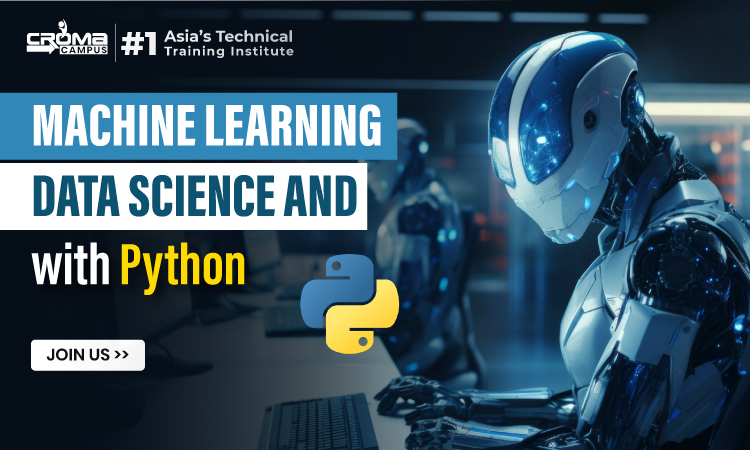
Few topics in the rapidly evolving realm of technology have sparked as much interest as machine learning, data science, and generative artificial intelligence (AI). These Python-powered domains have transformed entire industries and created entirely new avenues for creativity and invention. In this blog, we will shed light on Machine Learning, Data Science and Python Course with Generative AI. So, without any further ado, here we go!
Discussing the Mysteries of Machine Learning
Many contemporary applications are based on machine learning. It is the science of teaching computers to learn from data. With its extensive library ecosystem, Python has emerged as a popular language for machine learning professionals.
Machine learning algorithms comb through enormous datasets to find patterns and generate predictions. It also informs decisions in different fields, including:
- Computer vision
- Natural language processing
- Predictive analytics
Machine learning algorithms are changing almost every business by detecting fraudulent transactions, suggesting personalized content, and streamlining supply chains. This is changing the way people engage with technology.
Navigating the Sea of Data Science
Machine learning is enhanced in different ways through data science. It is an interdisciplinary area that integrates domain expertise and computational methods to extract insights from data. Python's flexibility is evident in this field, where it provides strong tools for data processing and visualization.
Python is a tool that data scientists use to examine datasets, organize disorganized data, and find hidden patterns and trends. They generate actionable insights that drive company goals, guide policy decisions, and improve user experiences through statistical modeling and exploratory data analysis. Python enables data scientists to fully utilize data, whether they are researching market dynamics, forecasting client attrition, or optimizing marketing strategies.
You May Also Read:
Python Programming for Beginners
Python Interview Questions and Answers
Data Science Interview Questions and Answers
Embracing the Creative Power of Generative AI
The state of artificial intelligence is represented by generative AI, which allows machines to produce artistic outputs like literature, music, and visuals. To further know about it, one can visit Data Science course. A wider range of people can now access generative modeling thanks to Python frameworks.
Our concepts of creativity have been modified by:
- Generative adversarial networks
- Recurrent neural networks
- Transformer models
The distinction between human and machine creativity is blurred by generative AI. It can produce lifelike visuals, compose symphonies, and write poetry. AI algorithms work in tandem with writers, musicians, designers, and artists to push the envelope and discover new avenues for expression.
Deep shifts are being sparked by generative AI across different industries. These include:
- Engineering
- Healthcare
- Arts
- Entertainment
Generative artificial intelligence is transforming creativity and problem-solving in different ways by empowering computers to produce original content on their own.
Generative AI algorithms are creating works of literature and art that are captivating as those created by humans. By experimenting with new artistic expressions and pushing the boundaries of conventional art forms, musicians and artists work with AI to promote a merger of human and machine innovation.
Generative AI is helping doctors find drugs, diagnose patients, and provide individualized care. AI models can replicate biological processes, create new pharmaceutical substances, and provide synthetic medical imaging. These capabilities can speed up research and development while also improving patient outcomes.
Also Read These:
Artificial Intelligence and Machine Learning
Machine Learning and Deep Learning
Machine Learning Interview Questions
Introduction to Python
Python is an excellent interpreted programming language. It is known for ease of use and readability. In 1991, Guido van Rossum launched Python with the goal of creating a language that prioritized readability and simplicity of use in code. Python promotes quick development and prototyping because of its simple syntax and dynamic typing, which allow programmers to express ideas in fewer lines of code than in other languages.
Because of its large standard library, Python may be used for a lot of different things, such as scientific computing, web development, automation, and artificial intelligence. The software's ability to function seamlessly on several operating systems is ensured by its cross-platform compatibility, and its vibrant community encourages cooperation, assistance, and ongoing enhancement. Python is an excellent option for both novice and experienced programmers and therefore enrolling in the Advanced Python Course is an ideal choice.
Building the Future with Python
Python acts as the connecting element between these various fields, offering a single platform for research, development, and invention. It is the preferred language for Machine Learning, Data Science and Generative AI with Python due to its ease of use, readability, and extensive ecosystem.
The future holds even more improvements due to the merging of these fields. A few fields that have the potential to revolutionize business and society as a whole are automated machine learning, causal inference, and reinforcement learning. Python's flexibility and community backing will keep pushing this innovation ahead.
Wrapping up
Python is a shining example of inventiveness and invention in the fields of Machine Learning, Data Engineering Course Data Science and Generative AI with Python. Because of its adaptability, practitioners are able to fully utilize artificial intelligence, get new insights, and take on challenging issues. Python continues to be simply a tool; it is also a catalyst for creating a better, more intelligent future as we traverse this always-changing world.
Subscribe For Free Demo
Free Demo for Corporate & Online Trainings.
Your email address will not be published. Required fields are marked *
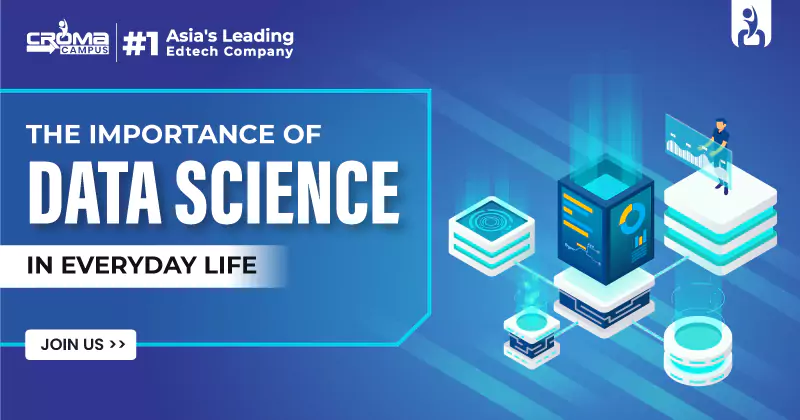
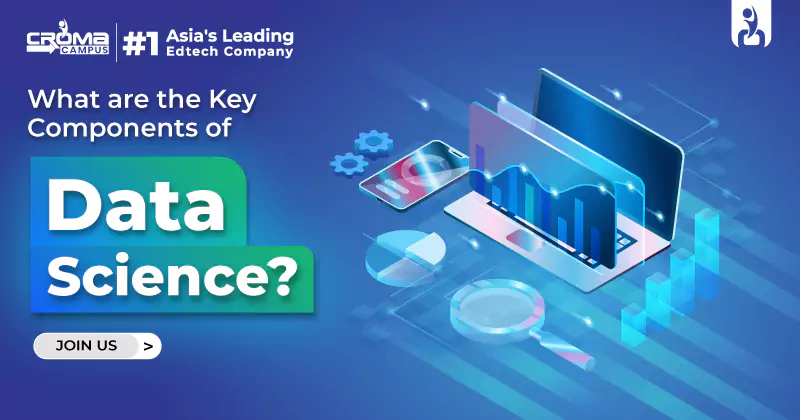

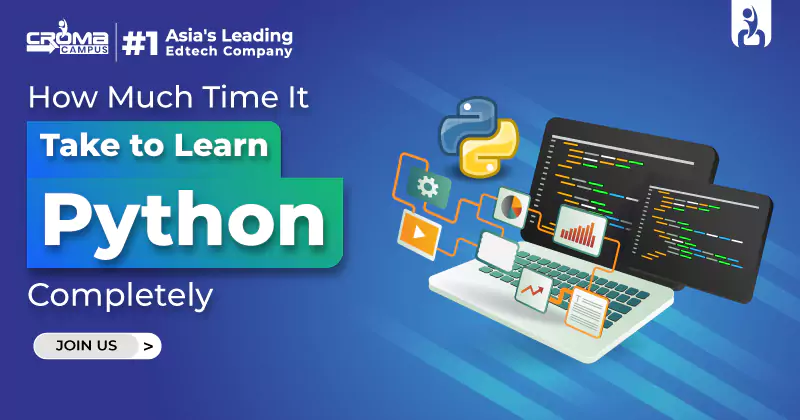
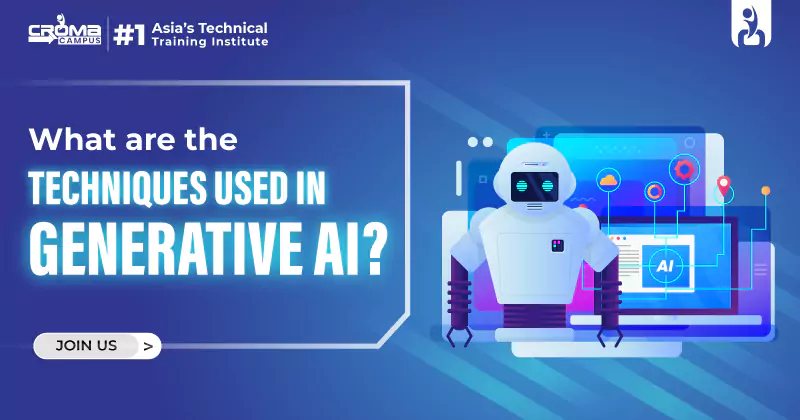
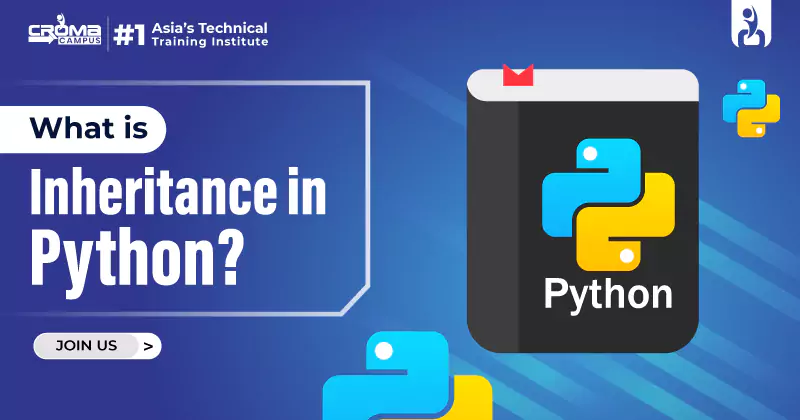
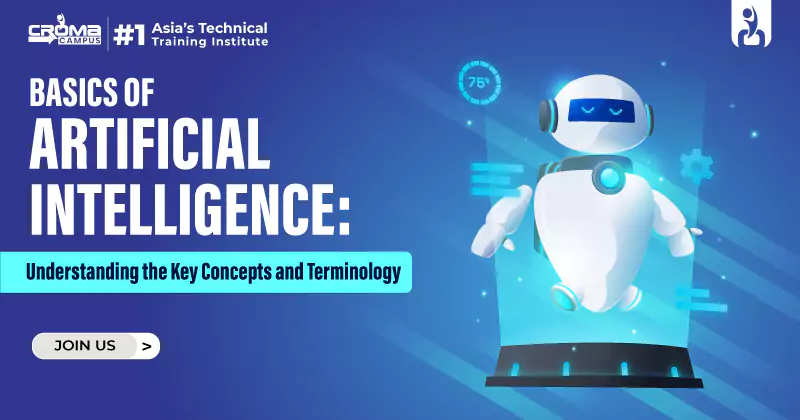
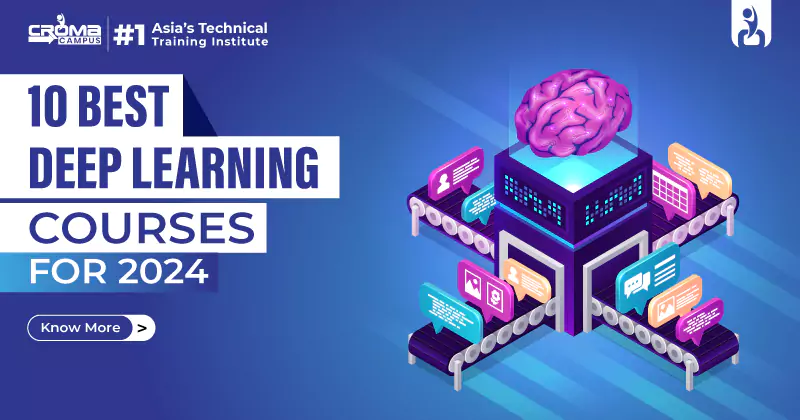


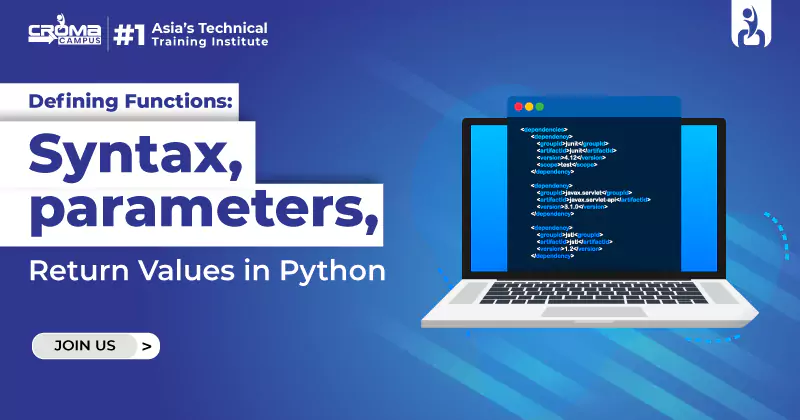
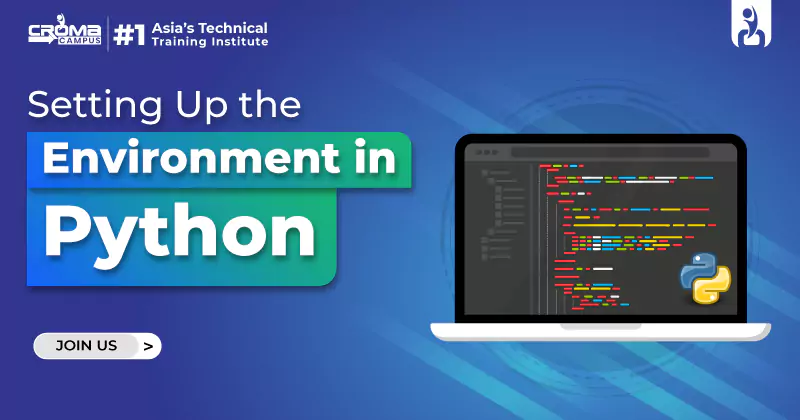









 Master in Cloud Computing Training
Master in Cloud Computing Training